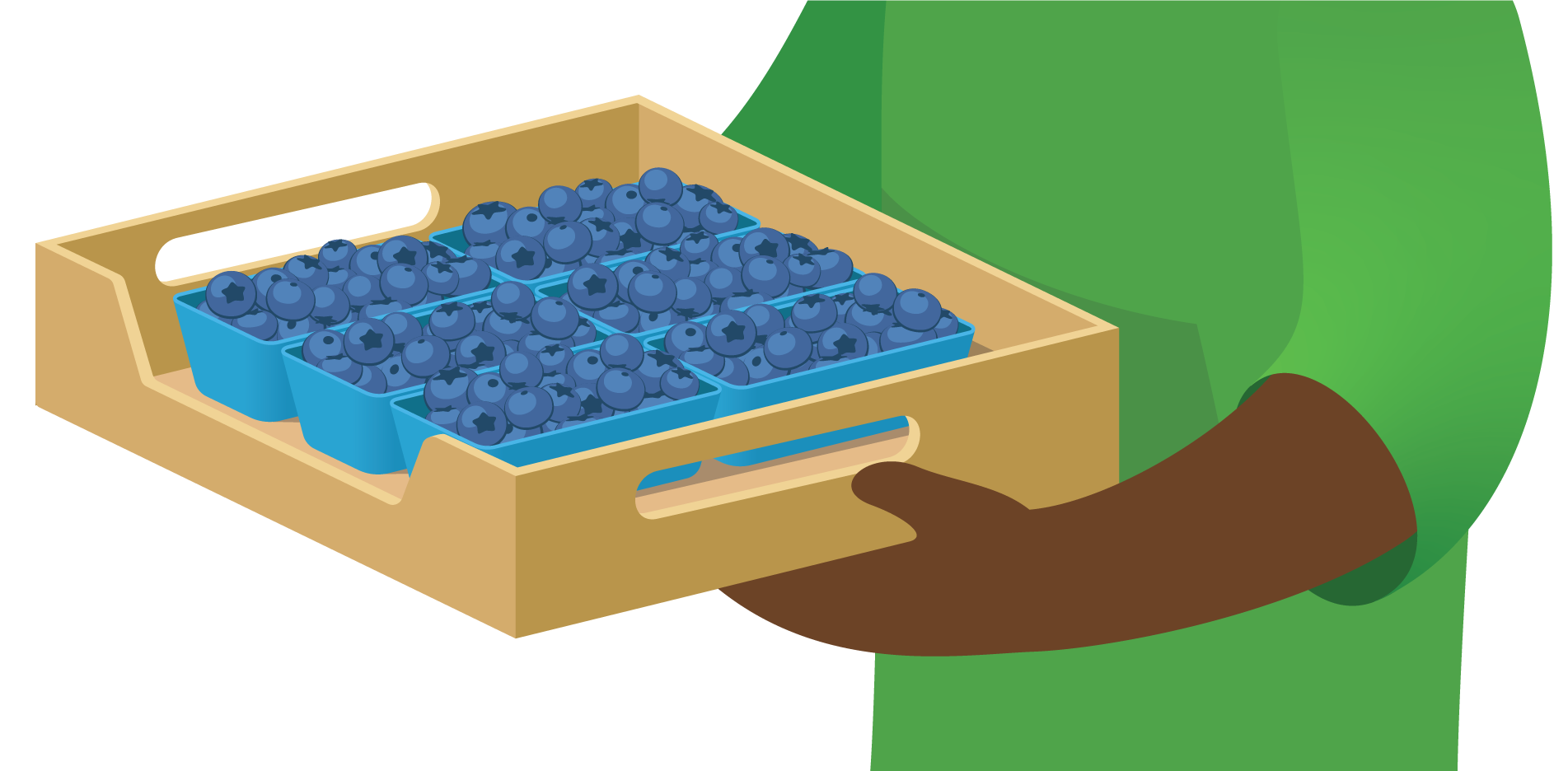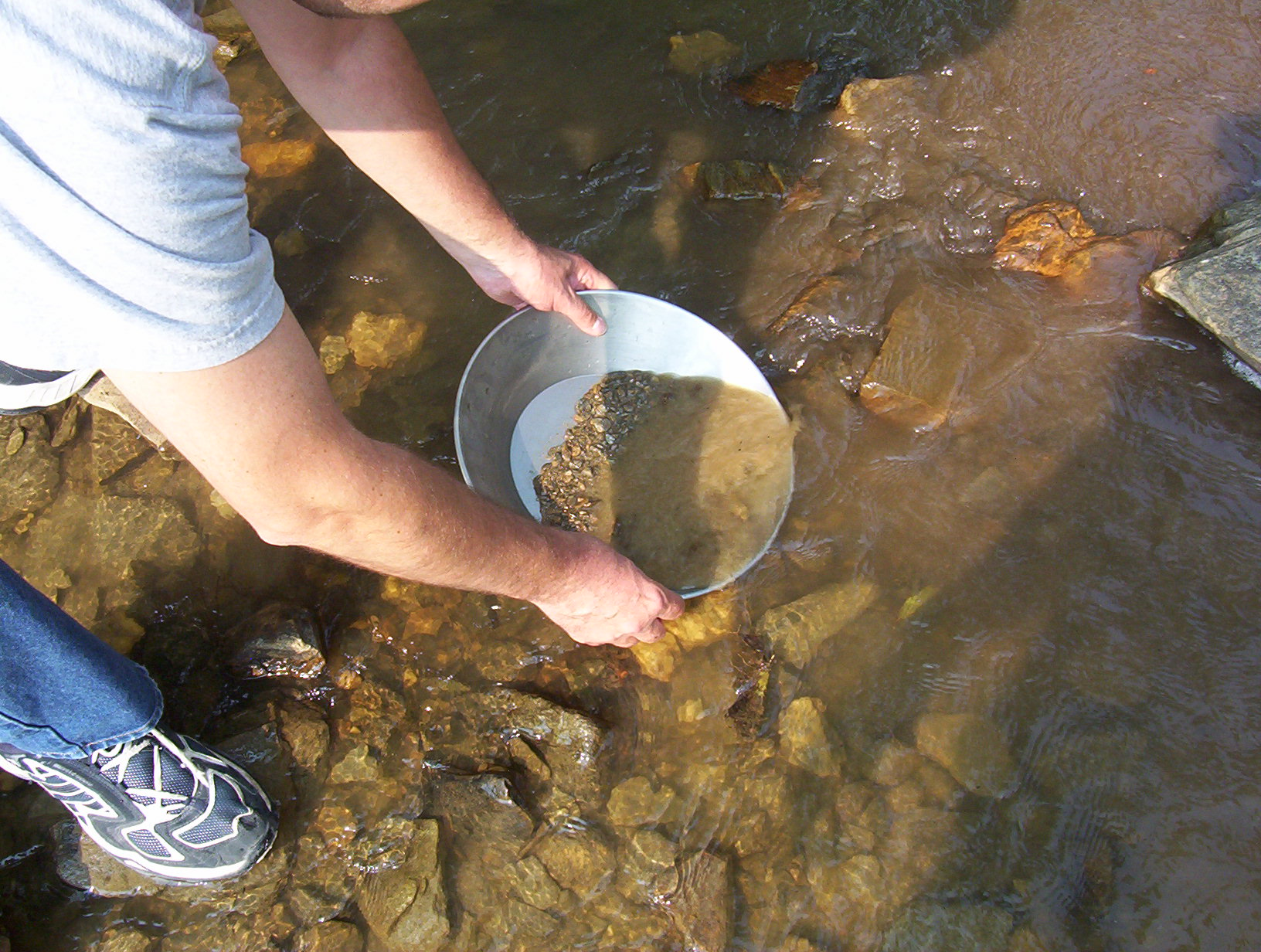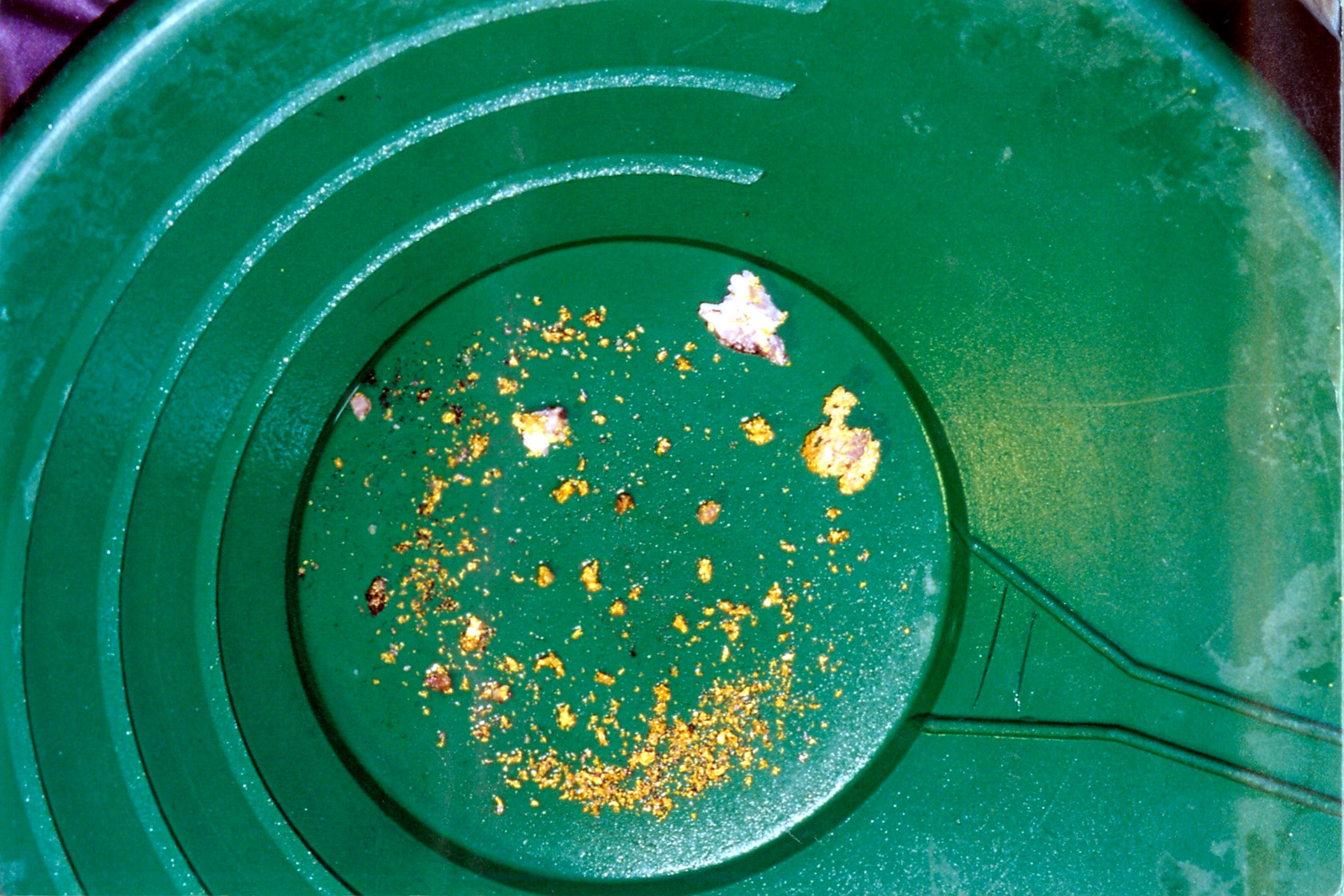Lesson 4
Division Situations
Warm-up: Number Talk: Division (10 minutes)
Narrative
Launch
- Display one problem.
- “Give me a signal when you have an answer and can explain how you got it.”
Activity
- 1 minute: quiet think time
- Record answers and strategy.
- Keep problems and work displayed.
- Repeat with each problem.
Student Facing
Find the value of each expression mentally.
- \(35 \div 7\)
- \(1 \div 7\)
- \(36 \div 7\)
- \(37 \div 7\)
Student Response
For access, consult one of our IM Certified Partners.
Activity Synthesis
- “What patterns do you notice?” (The solutions for \(35 \div 7\), \(36 \div 7\), \(37 \div 7\) increase by \(\frac {1}{7}\))
- “If we kept increasing the dividend by 1, what would be the next whole number quotient?” (6)
Activity 1: Pounds of Blueberries (20 minutes)
Narrative
The purpose of this activity is for students to move back and forth between equations, situations, and diagrams. Each member of a group is assigned one of the representations to begin with and all of the representations can represent the same situation. This is the first time in this unit students have been asked to write situations that represent division equations or diagrams. As students work, ask them to explain how the diagram represents the number of objects being shared and the number of equal shares.
Students go back and forth between equations, situations, and diagrams, interpreting the diagrams and equations and creating situations that these diagrams and equations represent (MP2).
Supports accessibility for: Visual-Spatial Processing, Conceptual Processing
Launch
- Display image:

- “Where do you see division situations in this picture?” (The berries are split into 6 groups. )
- Groups of 3
- Assign groups. Make sure each student knows who is Partner A, Partner B, and Partner C.
Activity
- 6–8 minutes: independent work time (problems 1, 2, 3)
- 4–5 minutes: group discussion
- Monitor for students who write division situations, for \(a \div b\), where \(a\) represents the amount to be shared and \(b\) represents the number of equal shares.
Student Facing
- Complete the missing parts of the table. Be prepared to explain your thinking.
- Discuss both your solutions with your group. What is the same? What is different?
Partner A
| Equation | Situation |
|---|---|
|
\(4 \div 6 = \frac{4}{6}\) |
|
|
Diagram |
|
Partner B
| Equation | Situation |
|---|---|
|
Diagram  |
|
Partner C
| Equation | Situation |
|---|---|
|
Six students share |
|
|
Diagram |
|
Student Response
For access, consult one of our IM Certified Partners.
Advancing Student Thinking
Activity Synthesis
- Select 2–3 students to share their problems and solutions. Show a variety of accurate student representations.
- Display equation: \(4 \div 6 = \frac{4}{6}\).
- “How did you use the equation to help determine the number of objects and equal shares in your story?” (The numerator is the number of objects. The denominator is the number of shares. This story needs 4 objects and 6 equal shares.)
- Display image:
- “How did you use the diagram to help determine the number of objects and equal shares in your story?” (The number of objects is the number of wholes or large rectangles and the number of shares is the number of equal pieces each rectangle is divided into. There are 4 objects and 6 equal shares.)
- “How were your stories the same? How were they different?” (There were 4 objects in each and there are divided into 6 equal shares, but our contexts were different.)
Activity 2: Grams of Gold (15 minutes)
Narrative
The purpose of this activity is for students to solve problems about the same context. The context for both problems is equally splitting some gold. There are three related quantities:
- the total amount of gold collected
- the total number of friends who collect the gold
- the amount of gold each person gets
In previous lessons, students solved problems where the unknown was the amount each person gets after some people shared something equally. In this activity, the unknowns are the amount of gold the friends share and the number of friends sharing the gold. Students may need to draw diagrams to interpret the unknown. During the synthesis, connect the meaning of division to the meaning of a fraction.
Supports accessibility for: Conceptual Processing, Attention
Launch
- Display first image.
- “Tell a story about what is happening in this image.”
- 1 minute: quiet think time
- 1 minute: partner discussion
- Display second image.
- “This is gold dust.”
- “We are going to solve some problems about panning for gold.”
Activity
- 5-8 minutes: partner work time
- Monitor for students who:
- draw a diagram to explain or show the relationship between the number of friends and the denominator.
- use words to explain or show the relationship between the number of friends and the denominator.
Student Facing


- A group of 3 friends spent the afternoon panning for gold. They shared the gold equally. If each friend got \(\frac{4}{3}\) grams of gold, how much gold did they collect together? Explain or show your reasoning.
- A group of friends spent the afternoon panning for gold. They shared the gold equally. If they collected 5 grams of gold together and each friend got \(\frac{5}{6}\) grams of gold after they shared it, how many friends shared the gold? Explain or show your reasoning.
Student Response
For access, consult one of our IM Certified Partners.
Advancing Student Thinking
If students don’t have a way to start the problem, ask: “What do you know about the problem? What are you still trying to figure out?”
Activity Synthesis
- Invite previously selected students to share their responses.
- Display the first situation that describes 3 friends sharing gold and each friend gets \(\frac{4}{3}\) grams of gold.
- “What do we know about the situation?” (There are 3 friends and each friend gets \(\frac{4}{3}\) grams of gold.)
- Display: \(\frac{4}{3}\)
- “How does \(\frac{4}{3}\) represent the situation of friends sharing gold?” (It is the amount of gold each friend got.)
- “What does the 3 represent in \(\frac{4}{3}\)?” (Thirds. The amount they collected was split into 3 equal parts because there are 3 friends.)
- “What does the 4 represent in \(\frac{4}{3}\)?” (It represents how many thirds there are and also how many friends there are.)
Lesson Synthesis
Lesson Synthesis
Display equation: \(5 \div ? = \frac{5}{6}\)
“How does this equation represent the situation about friends sharing gold?” (5 grams of gold are being shared by some friends and each friend gets \(\frac{5}{6}\) grams of gold.)
“What number makes this equation true? How do you know?” (\(5 \div 6 = \frac{5}{6}\); The first number in the division equation is the numerator, the number of objects being divided, and the second number is the denominator, the number of equal shares.)
Cool-down: How Much Milk? (5 minutes)
Cool-Down
For access, consult one of our IM Certified Partners.